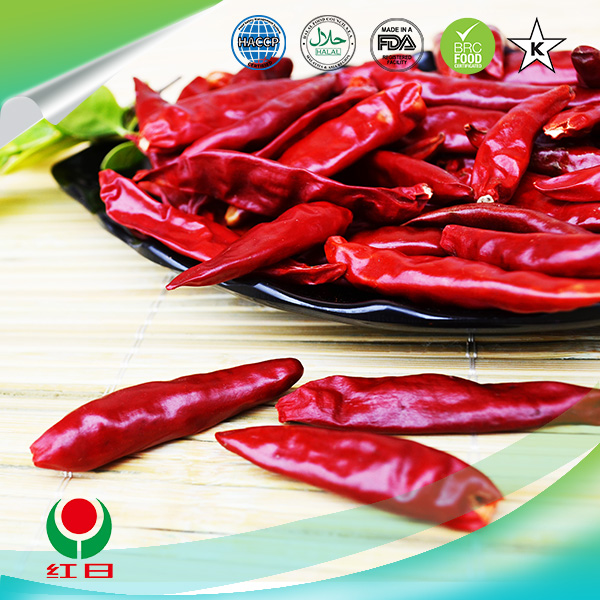- No. 268 Xianghe Street, Economic Development Zone of Xingtai city, Hebei 054001 China
- Byron@hbhongri.cn
Versatile Uses of Dried Capsicum Flakes in Cooking and Flavoring Dishes
The Versatile Appeal of Dried Capsicum Flakes
Dried capsicum flakes, commonly known as chili flakes or red pepper flakes, are a staple in kitchens worldwide, adding flavor, heat, and vibrant color to dishes. Derived from the Capsicum annuum species, these flakes are made from dried and crushed red peppers, capturing the essence of fresh chilies in a concentrated form. With their increasing popularity in culinary applications and health benefits, dried capsicum flakes have carved out an essential niche in global cuisines.
One of the most appealing aspects of dried capsicum flakes is their versatility. They can enhance a variety of dishes, from simple pasta and pizza to complex stews and marinades. The heat level can vary significantly depending on the type of pepper used, allowing cooks to choose between mild and fiery options to suit their taste. For instance, crushed red pepper flakes from cayenne, jalapeño, or even ghost peppers can provide a wide range of spice levels. This adaptability makes them an excellent choice for chefs and home cooks alike, as they can be added to dishes in varying quantities to achieve the desired heat profile.
In addition to their flavor-enhancing properties, dried capsicum flakes offer a multitude of health benefits
. They are rich in vitamins A and C, which are crucial for maintaining healthy immune function, skin, and vision. The active compound capsaicin, responsible for the heat in chili peppers, has been linked to various health benefits, including pain relief, increased metabolism, and improved cardiovascular health. Capsaicin is known to have anti-inflammatory properties and may even aid in weight loss by boosting the body’s calorie-burning processes. As more people turn towards natural remedies and health-conscious eating, incorporating dried capsicum flakes into meals can be both a flavorful and healthful choice.dried capsicum flakes

Though widely recognized for their culinary and health benefits, dried capsicum flakes also symbolize cultural significance. In many cultures, particularly in Mediterranean and Asian cuisines, chili peppers and their derivatives have a longstanding history. They have been utilized for centuries not only as a means to preserve food but also to bring warmth and depth to a variety of dishes. From Italian pasta sauces to Indian curries, the use of chili flakes reflects regional tastes and traditions. The shared love for spicy food has led to an appreciation for dried capsicum flakes beyond geographical boundaries, making them a beloved ingredient around the world.
In recent years, the popularity of dried capsicum flakes has surged, fueled by the global trend toward spicy foods and the exploration of bold flavors. Home cooking shows, food bloggers, and social media platforms have contributed to a revival of interest in spicy foods, and dried capsicum flakes have become a darling of this movement. Innovative chefs experiment with the flakes in unexpected ways, infusing oils, dusting popcorn, and even creating desserts that unexpectedly marry spice with sweet flavors.
In conclusion, dried capsicum flakes stand out as a multifaceted ingredient in modern cooking. Their ability to enhance flavors while offering health benefits makes them a favorite among food enthusiasts and health-conscious individuals alike. With their rich history in various cultures and their ever-growing popularity, dried capsicum flakes are poised to remain a culinary staple, inviting everyone to explore the exhilarating world of spice. Whether you're sprinkling them on your favorite dish or using them to create new culinary masterpieces, these little flakes are a testament to the power of flavor.
-
Turmeric Rhizome Powder: A Golden Treasure from Roots to TableNewsJul.28,2025
-
The Versatile Application Of Crushed Red Hot Peppers: Lighting Up The Red Flames On The Dining TableNewsJul.28,2025
-
The Paprika: A Touch Of Vibrant Red In Color, Flavor, And CultureNewsJul.28,2025
-
Ground Turmeric: A Modern Examination of an Ancient SpiceNewsJul.28,2025
-
Capsicum Liquid Extract: Features, Applications, and ChallengesNewsJul.28,2025
-
Application of Capsicum Liquid Extract in FoodNewsJul.28,2025







